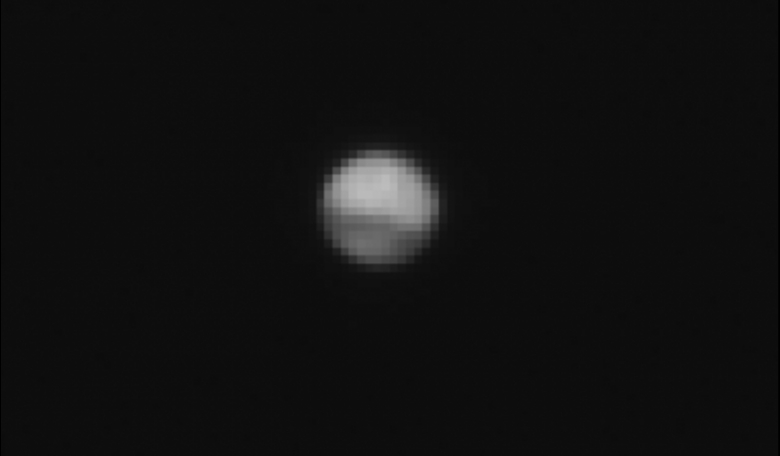ExoMars, now in direct view of Mars, has sent back its first images of the planet earlier this week. ExoMars is a joint ESA and Roscosmos mission that was launched on March 14 and has already traveled a little less than half of its 75 million kilometer journey.
The mission will attempt to search for biosignatures of Martian life, both past and present. The ExoMars Trace Gas Orbiter (TGO) and the stationary lander Schiaparelli are expected to arrive on the Red Planet on October 19, 2016.The TGO will then map the sources of methane and other gases on Mars, while also acting as a communications relay satellite. The lander will test landing technologies in anticipation of the 2020 mission. Then, in 2020, a Roscosmos-built lander will deliver the ESA-built ExoMars Rover to the Martian surface. Mission operations and communications are led by ALTEC's Rover Control Center in Italy.
 Trace Gas Orbiter and Schiaparelli (Copyright: ESA/ATG medialab)
Trace Gas Orbiter and Schiaparelli (Copyright: ESA/ATG medialab)
While the Trace Gas Orbiter had begun sending images withing a month of launch, it now finally has Mars in its sights. On June 13, when the latest image was taken, the orbiter and the Red Planet were 41 million kilometers apart. While much better, high-resolution images will be sent back after the spacecraft's arrival to Mars, this was a significant milestone for the mission's camera team.
“The images have confirmed the sensitivity of the instrument and are sharp,” says Antoine Pommerol, co-investigator of the Colour and Stereo Surface Imaging System at the University of Bern. “It seems to be well-focused and the signal level seems to be close to prediction.”
The images will become even more spectacular as the spacecraft approaches Mars.
“Telescopes on Earth and the Hubble Space Telescope in orbit around it can still do far better than us at present, but we are still a long way away from Mars,” says Nicolas Thomas, the camera’s principal investigator. “If the instrument continues to perform well, indications are that we should begin to exceed what is achievable from Earth in the second week of October, and then further improvements in resolution will happen rapidly. Everything we do now helps us to understand and calibrate the instrument,” adds Thomas. “There’s a lot to prepare for.”
The Trace Gas Orbiter is set to enter Mars' orbit on October 19. Schiaparelli is to be released from the orbiter three days earlier – and both are expected to finally arrive on Mars on the same day. The TGO camera will be used to study geological features, including those that might be related to gas sources, such as volcanoes.











